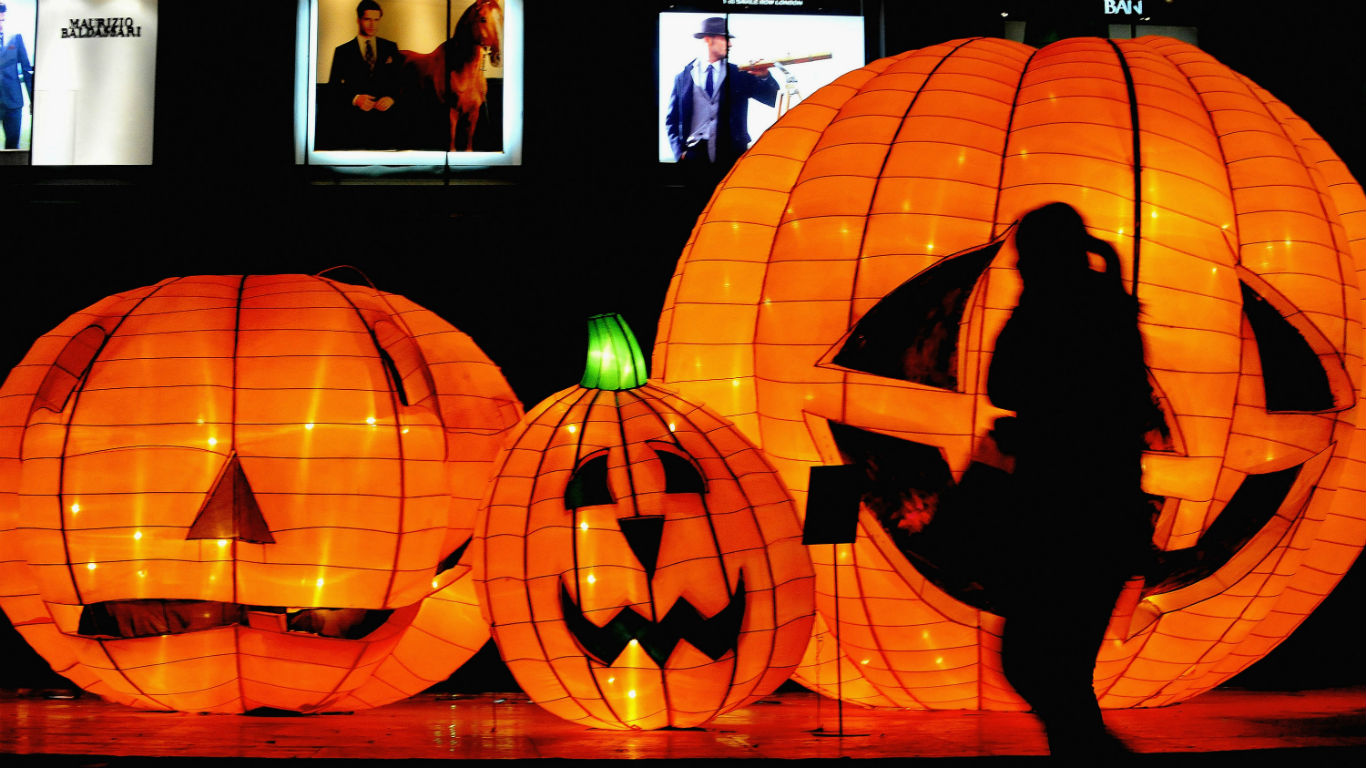The Halloween traditions we’re all familiar with — including jack-o’-lanterns and dressing in costumes (to confuse wandering spirits) — came to America with Irish immigrants in the 19th century. Americans, in turn, have exported these, so that Halloween is now celebrated U.S.-style in countries all over the world. Many nations, however, have retained their own distinctive traditions, some creepy and some cool.
Halloween evolved from an old Celtic holiday, Samhain, marking the end of summer, a day on which they believed the gods or spirits would come to play tricks on mortals. Christianity adopted elements of the holiday, combining it with two existing holy days, All Saints’ Day (Nov. 1), commemorating all the Christian saints, and All Souls’ Day (Nov. 2), an occasion for honoring the dead. “Hallow” is an old word for saint, and Oct. 31, the eve of All Saints’ Day, was originally called All-Hallow-Even (short for evening). This evolved into “Hallowe’en,” and then Halloween.
Wherever and whatever their origins, many of the holidays and traditions observed at this time of year have similar elements: a belief that the spirits of the dead return; a need to appease or feed those spirits to prevent them from causing harm; and dressing in costumes. In more secular places, the most common element is the desire to have a good time, and parties are themed accordingly.
Regardless of where trick-or-treaters roam, parents should take precautions to keep their children safe. Here’s what parents should really worry about on Halloween.
No country celebrates more intensely than the United States, and some states are more prone to ghoulish excess than others. Here is how each state is ranked by its obsession with Halloween.
To compile a list of cool and creepy Halloween traditions around the world, 24/7 Tempo consulted numerous online resources, including encyclopedias, history sites, travel guides, and calendars.
No story about Halloween would be complete without a nod to spine-tingling films, or movies that make our flesh crawl. Here are the best horror movies of all time.
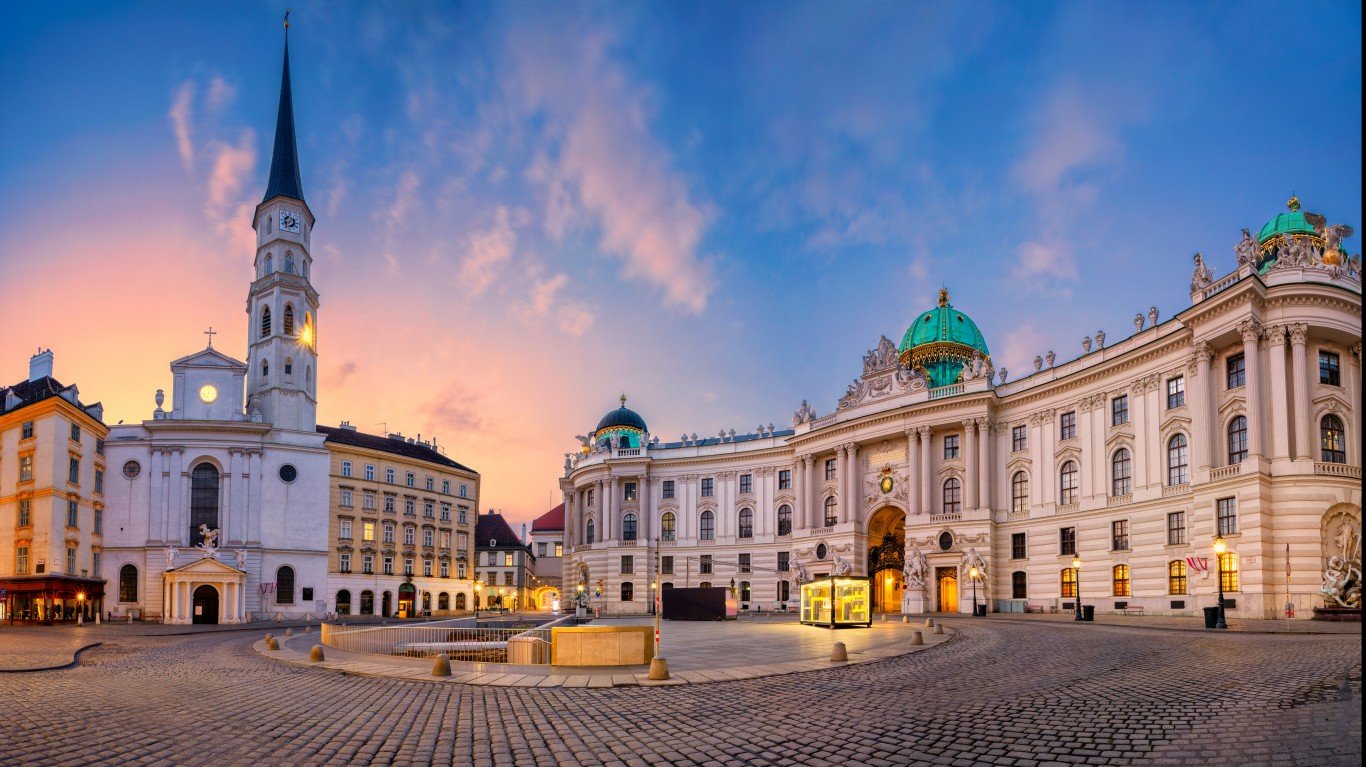
1. Austria
> Tradition: Leaving bread and water for the spirits
Austrians celebrates Seleenwoche, or All Souls’ Week, between Oct. 30 and Nov. 8. On the night of Oct. 31, an old practice is to leave bread and water out on a table, and light a lamp, to welcome and nourish the souls of the dead.
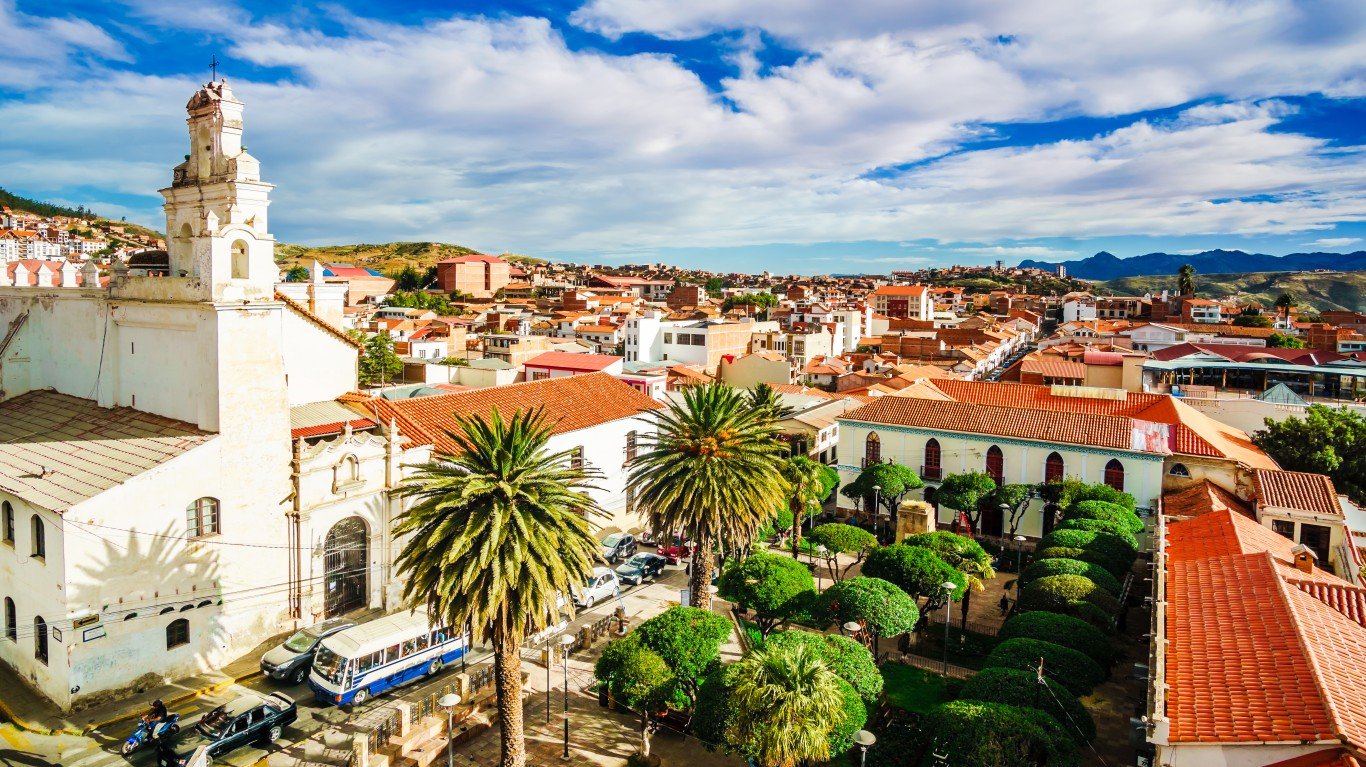
2. Bolivia
> Tradition: Decorating real human skulls
Bolivians observe the Fiesta de las Ñatitas on Nov. 8 each year by decorating skulls — real ones, either from deceased family members or obtained from medical schools or old cemeteries — with flowers, jewelry, hats, and glasses. The skulls are called ñatitas, which means roughly “the little pug-nosed ones.” The festival has roots in pre-Columbian times.
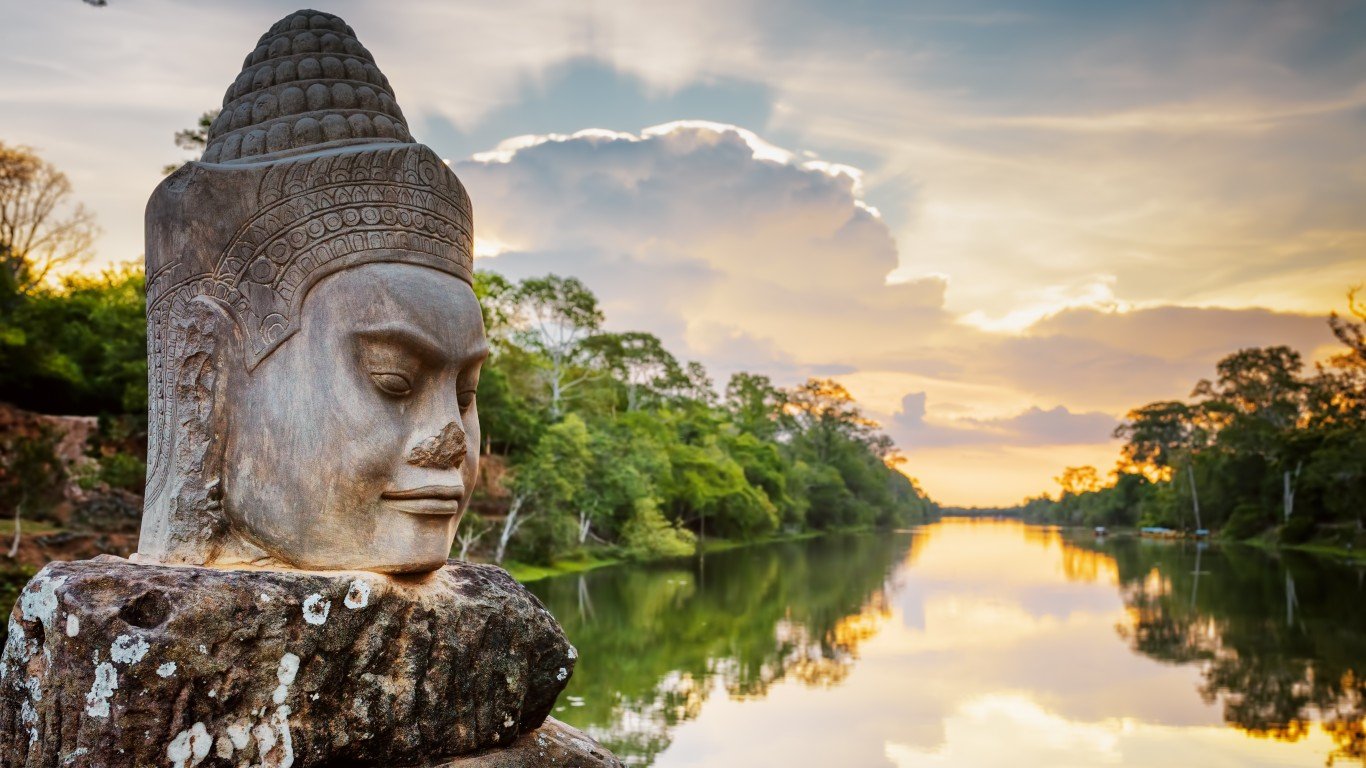
3. Cambodia
> Tradition: honoring departed ancestors with food
Pchum Ben is a Cambodian Buddhist festival. It’s observed over a three-day period in September or October during which the gates of hell are said to open to let the spirits out to receive food offerings from their relatives. Ancestors are honoured going back as far as seven generations. Celebrants rise early in the morning to cook rice balls and other food items, which they bring to temples and pagodas.

4. China
> Tradition: honoring departed family members
While Americans and other expats in China often observe Halloween in traditional fashion, there is a local equivalent called Ghost Festival: Teng Chieh, which is celebrated on the 15th day of the seventh lunar month. Food and water are placed in front of photographs of family members who have departed, and lanterns are lit to guide the spirits wandering the earth.
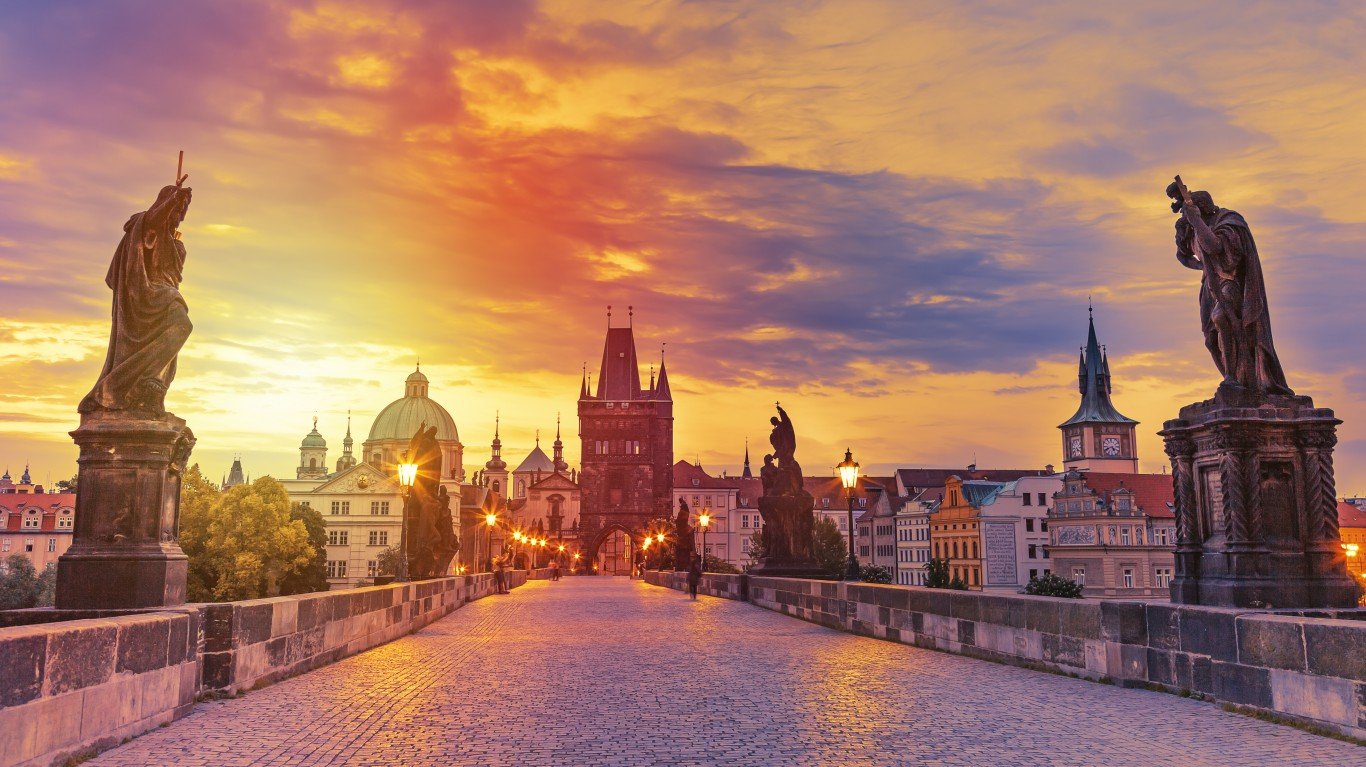
5. Czech Republic
> Tradition: putting chairs around the fireplace
Czechs observe Dušičky, or the Day of the Dead, on Nov. 2. One old custom is to place chairs around the fireplace, one for each living family member and one for each departed one. People also visit graves and adorn them with flowers and candles.

6. England
> Tradition: looking in the mirror
In England, there’s a superstition that a man or woman looking into a mirror in a dark room on Halloween will see the face of his or her future mate in the background. Seeing a skull instead of a face means the person will die before marrying. Britain’s Guy Fawkes Night on Nov. 5 is often seen as a parallel celebration to Halloween, with bonfires and — in earlier times, at least — children crying “A penny for the Guy!” instead of “Trick or treat.” This day isn’t connected with liturgical observance, however. It commemorates the foiling of a plot to blow up the Houses of Parliament.
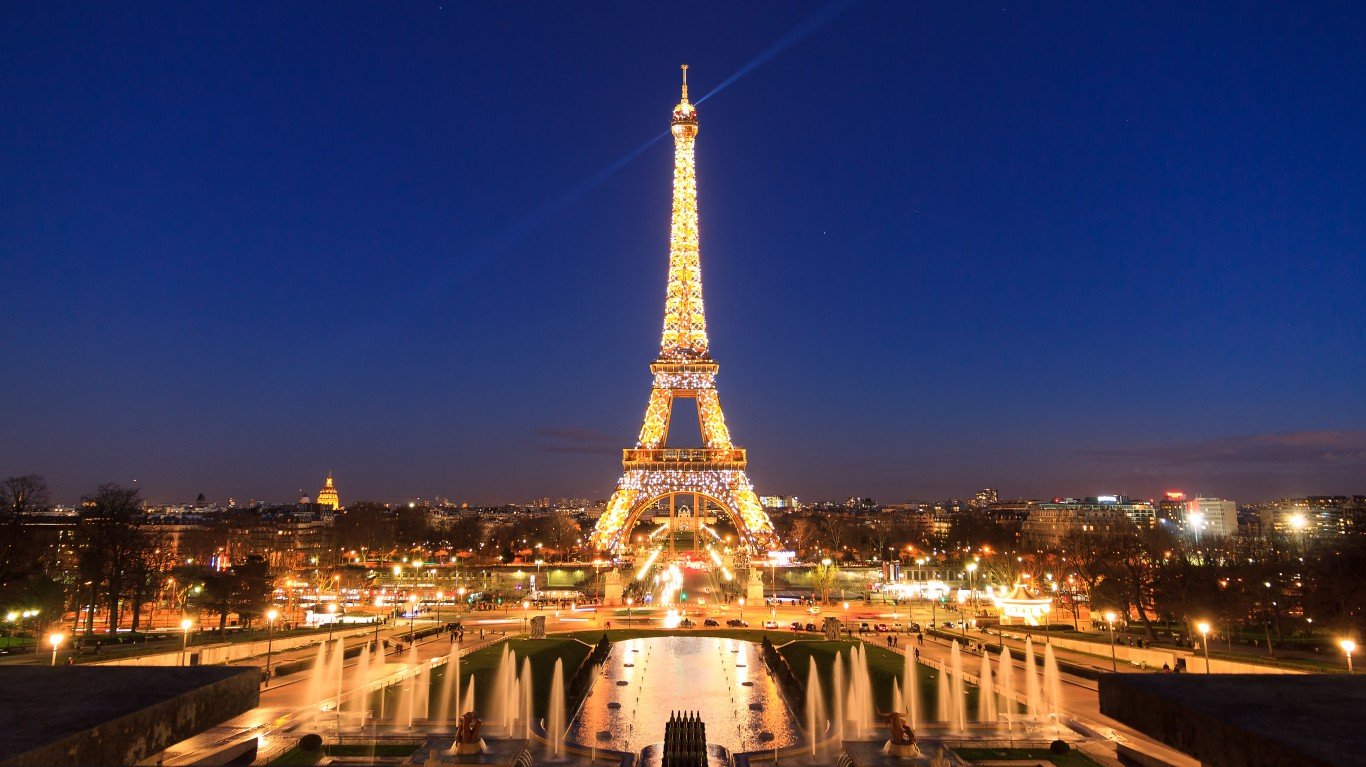
7. France
> Tradition: dressing up in ghoulish costumes
Halloween isn’t a traditional French holiday, but that hasn’t stopped some people from celebrating. There is a creepy element because when people dress up they choose scary and ghoulish costumes like vampires, ghosts, and skeletons. Halloween is somewhat controversial in France because it’s perceived by some as too commercial, too American, and a threat to French traditions.
Unlike in North America, where anything goes when it comes to Halloween costumes, the few adults and kids who dress up for Halloween in France invariably choose traditionally scary costumes — no cute princesses or tiny firefighters.
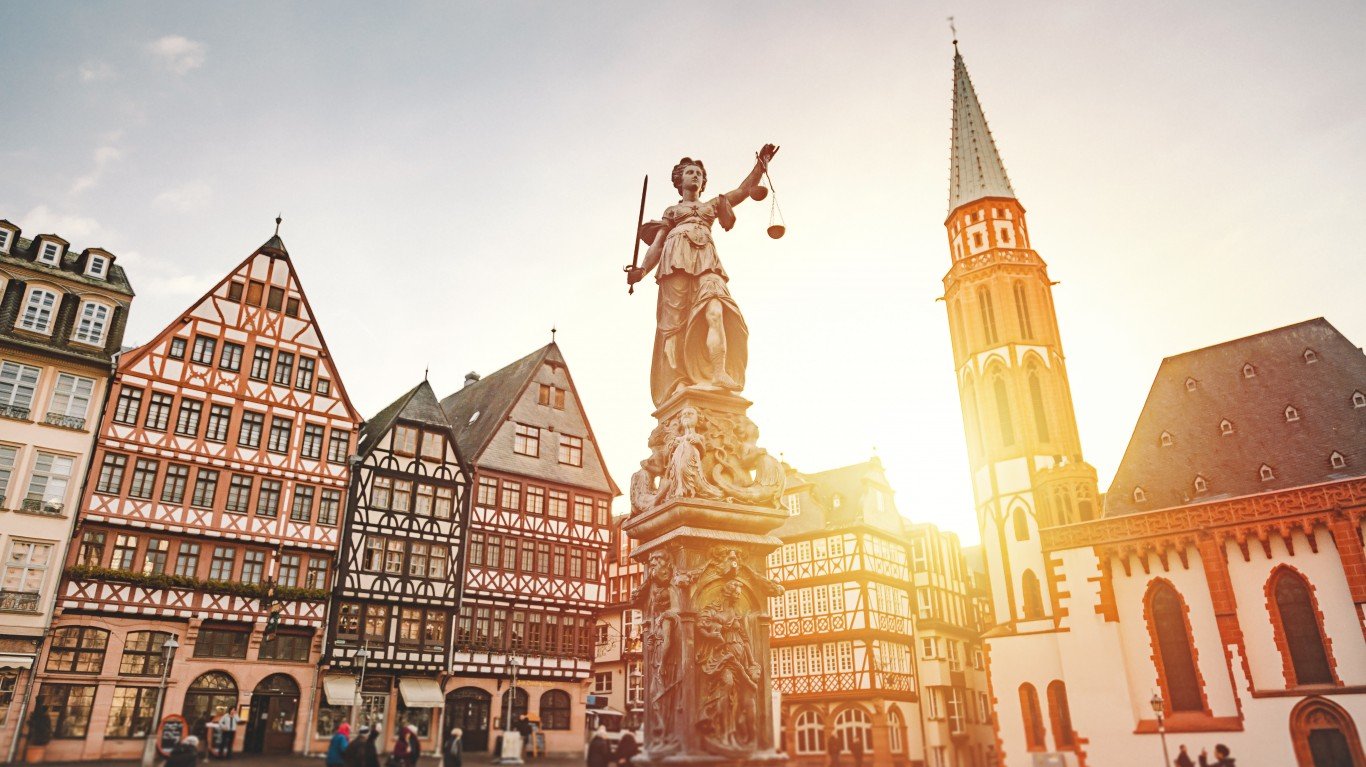
8. Germany
> Tradition: hiding knives
Some Germans hide all their knives at Halloween so that returning souls don’t accidentally cut themselves.

9. Greece
> Tradition: dressing up in costume for Apokries
Expats and tourists celebrate Halloween in traditional style in Greece, but the locals have their own equivalent, Apokries, which is also known as the Greek Halloween although it is celebrated before the Lent season, not in October. Apokries was originally an ancient Greek celebration dedicated to Dionysius, the Greek god of wine and revelry.

10. Haiti
> Tradition: performing vodou rituals
Haiti has its own version of the Day of the Dead. It’s called Fet Gede, or Feast of the Dead, and is observed on Nov. 1 and 2. Adherents of vodou (voodoo) who believe they are possessed by the Gede Lwa — spirits of the dead — pay homage to Baron (or Bawon) Samedi, father of the spirits of the dead. They dance wildly in the streets and drink — or even wash themselves with — raw rum spiked with very hot chiles.

11. Hong Kong
> Tradition: trick-or-treating at Disneyland
Hong Kong uses Halloween as an opportunity to advertise its theme parks such as Disneyland and Ocean Park. Locals also decorate their shopping centers to reflect the spooky atmosphere.

12. India
> Tradition: performing rituals for souls of the dead
India has its own version of Halloween, a festival of the dead called Pitru Paksha. It’s a lunar feast, which means it can occur in September or October, and it lasts around two weeks. During this time, in order to keep the souls of the dead at peace, the eldest son of a family is expected to perform rituals every day. The traditional belief is that the people of the present owe much to people of the past for providing them with the knowledge and tools to continue the cycle of life.
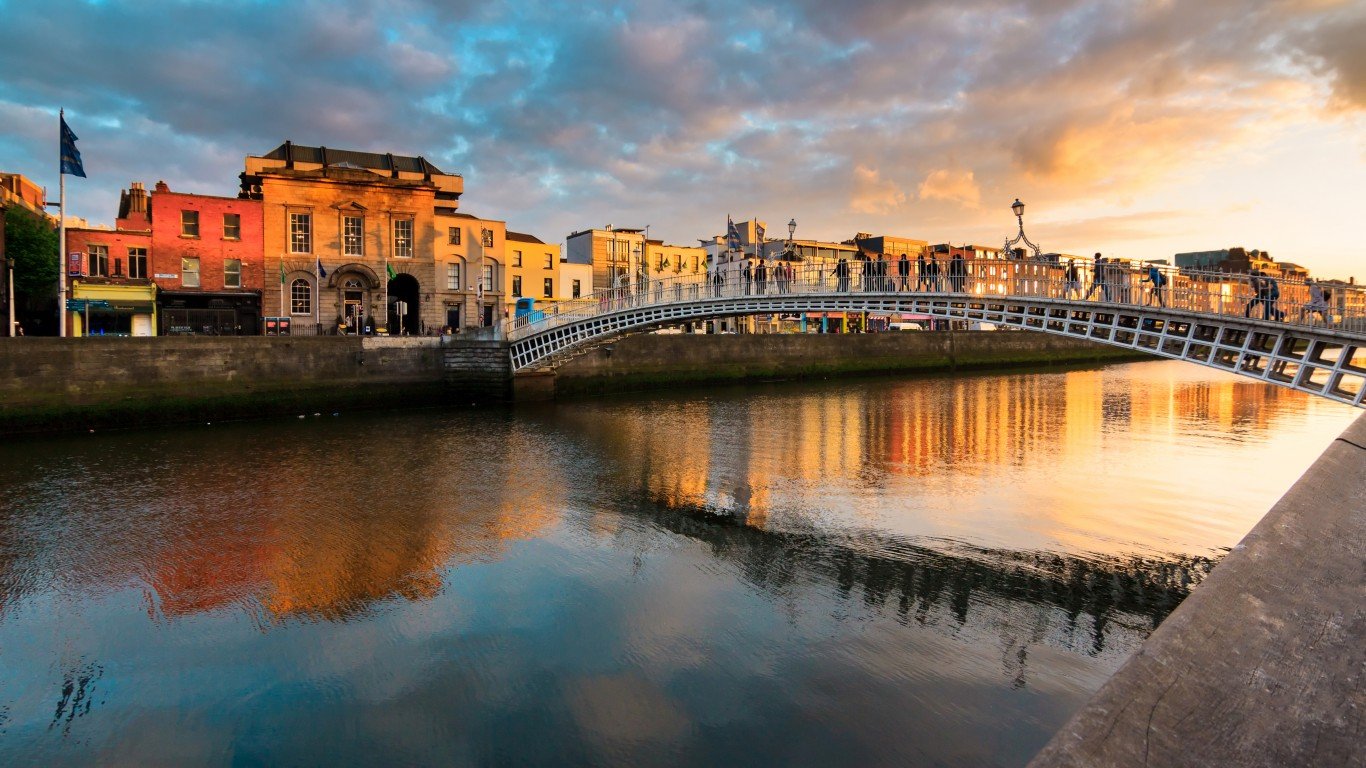
13. Ireland
> Tradition: eating fruitcake
Halloween originated in Ireland as a pagan festival called Samhain, meaning “end of summer.” Many traditions associated with Halloween have Irish roots and are still observed there.
Barmbrack (bairín breac in Irish) — literally “speckled loaf” — is a dense fruitcake made with raisins, currants, and candied citrus peel. At Halloween, bakers traditionally hid a ring, a piece of cloth, and a stick inside each barmbrack. When the cake was served, it was said that whoever got the ring would marry, whoever got the cloth would enter the clergy, and whoever got the stick would remain single. Health laws now prohibit the inclusion of anything but the ring in commercial barmbrack.

14. Italy
> Tradition: leaving cookies as offerings to the dead
Italy celebrates All Saints’ Day and All Souls’ Day — also known as the Day of the Dead — on the two days following Halloween. Cookies called Fave dei morti, or beans of the dead, are a ritual offering to the departed. In ancient Rome, it was thought that the souls of the dead lived on beans, and beans were used in funeral rites.

15. Japan
> Tradition: parading in costume
The city of Kawasaki has a relatively new Halloween tradition — a parade that attracts thousands of participants and tens of thousands of spectators. This year’s will be the 23rd parade. The only rule is that you must wear a costume.
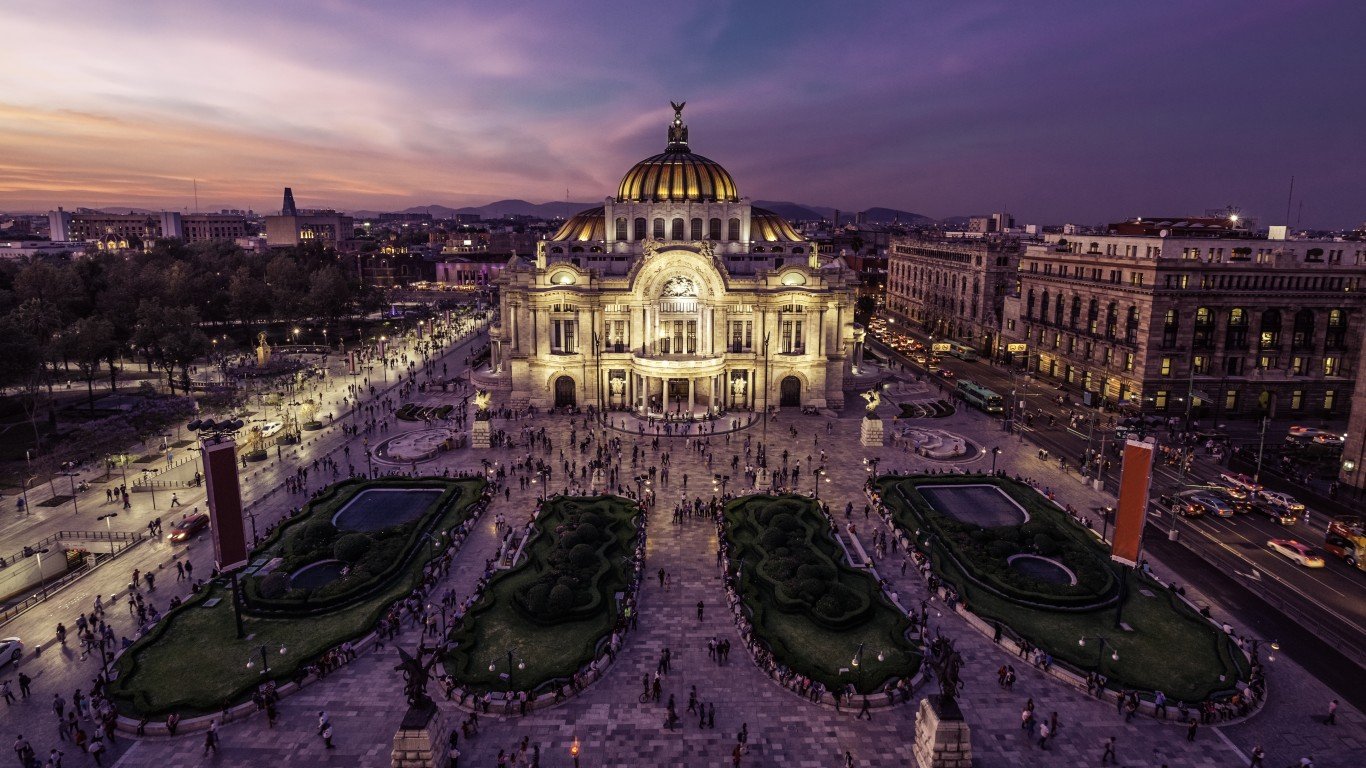
16. Mexico
> Tradition: building altars and eating “bread of the dead”
Mexico and other Latin American countries celebrate a two-day Día de Los Muertos, or the Day of the Dead, on Nov. 1 and 2. The first day is dedicated to deceased children, called angelitos, or “little angels”; the second is the Day of the Dead proper. One important activity is the building of temporary altars as tributes to the departed. These are adorned with candy and other confections, including skulls made of sugar, bottles of tequila or other liquors for adults, toys for children, and objects of significance to the dead, as well as marigolds — said to attract the spirits to their offerings. Calacas — colorfully dressed comical skeletons and skeleton masks — are seen everywhere. People also eat pan de muerto or “bread of the dead”.

17. The Netherlands
> Tradition: partying throughout the country
Halloween isn’t a traditional holiday in the Netherlands, but it has been embraced as a great excuse to party. This year’s options include a Japanese horror-themed party in Amsterdam, Crazy Sexy Cool Festival in Rotterdam, and Fantasy Fest in The Hague. There is a more traditional Halloween-like holiday, St. Martin’s Day, on Nov. 11.
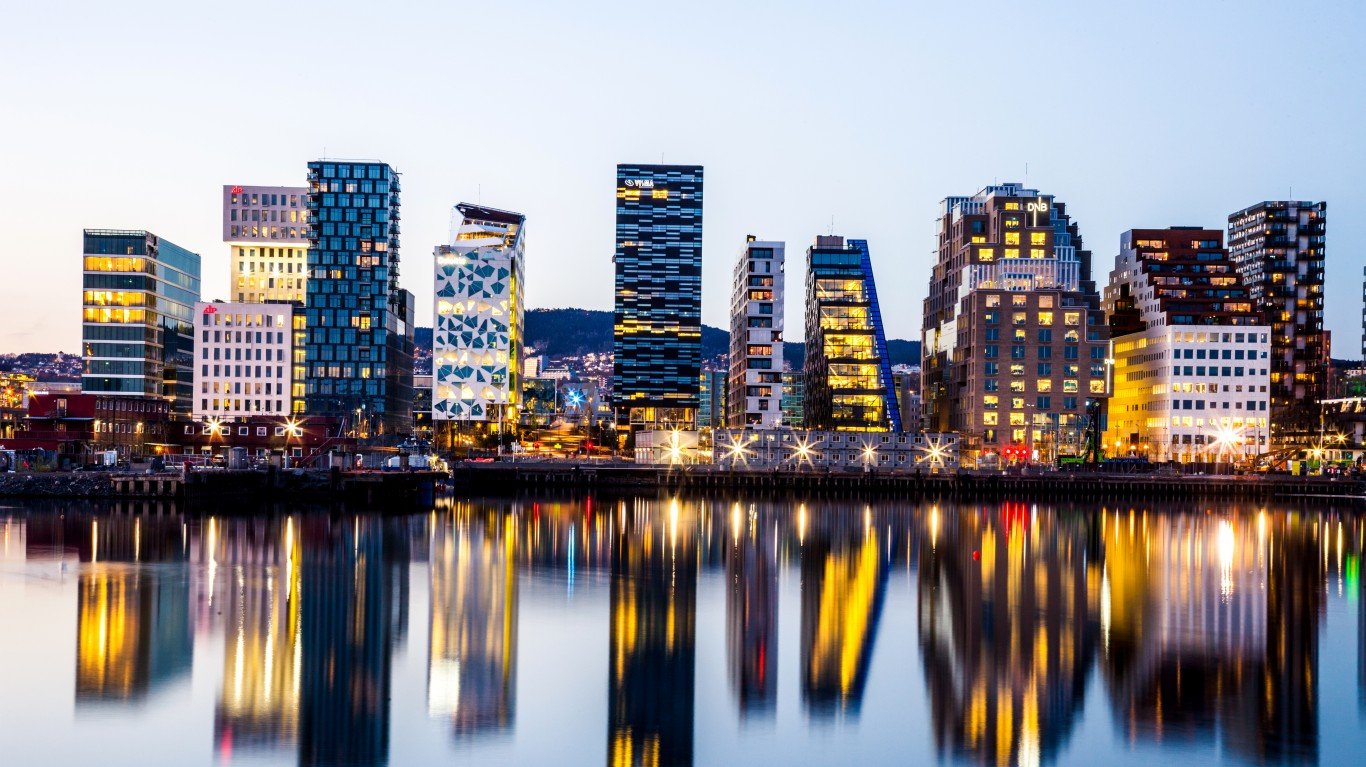
18. Norway
> Tradition: visiting haunted places
Halloween is a popular time to visit haunted places in Norway. These include Nidaros Cathedral in Trondheim, which is said to be haunted by a spectral monk; Akershus Fortress in Oslo, which is believed to be patrolled by a demon dog that was buried alive centuries ago; and Nes church, which is said to somehow interfere with the locks and lights of cars parked nearby.

19. The Philippines
> Tradition: singing songs
Pangangaluluwa — the Filipino equivalent of Halloween — is observed on the night of Nov. 1, although the practice is dying out, especially in urban areas. The celebration involves groups of people going house to house after visiting the graves of loved ones, singing songs, and asking for prayers and donations (for the local church).
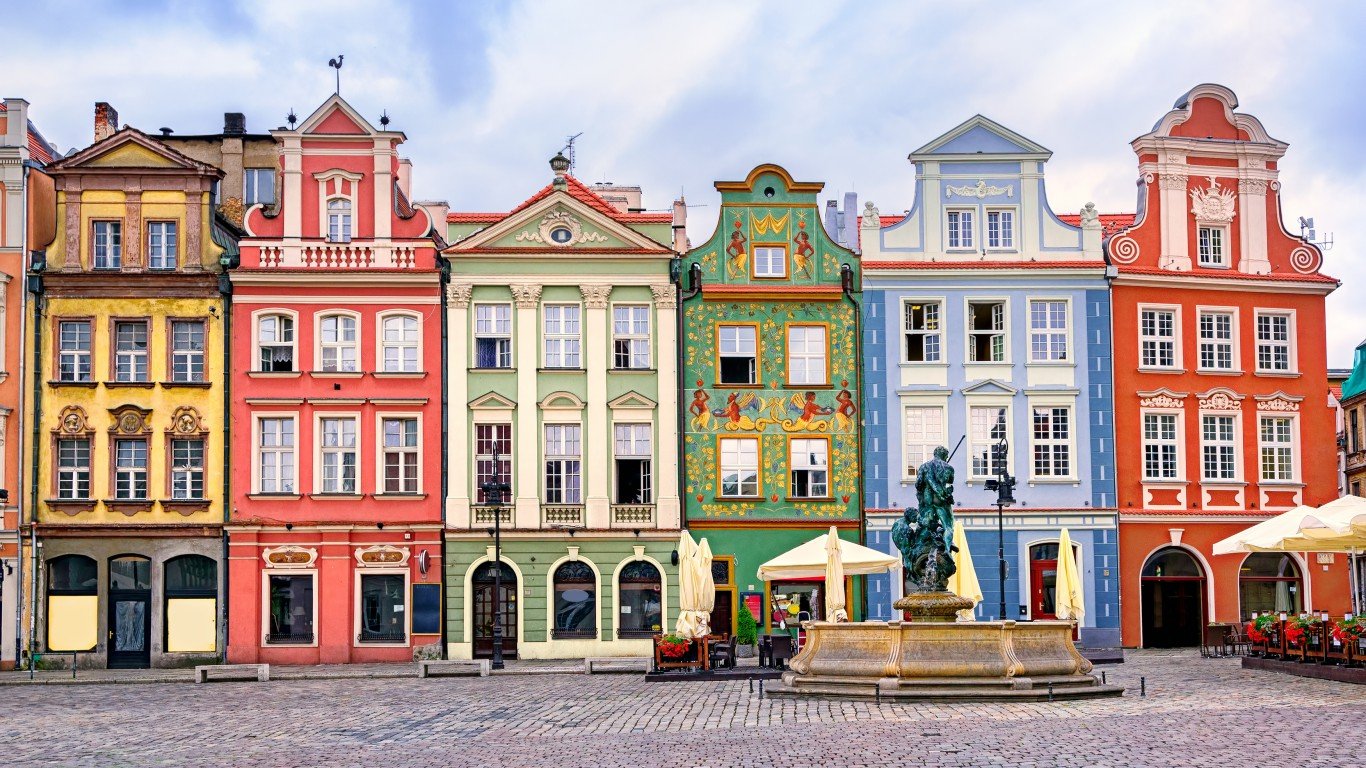
20. Poland
> Tradition: lighting candles at cemeteries
Poles celebrate Zaduszki, All Souls’ Day or the Day of the Dead, on Nov. 2. It’s one of the most important family holidays in Poland, and relatives gather around graves of family members and light candles. Many of the traditions surrounding Zaduszki have ancient pagan roots. It was believed that the spirits of the dead would return on that day, and it was very important not to disturb or anger them.
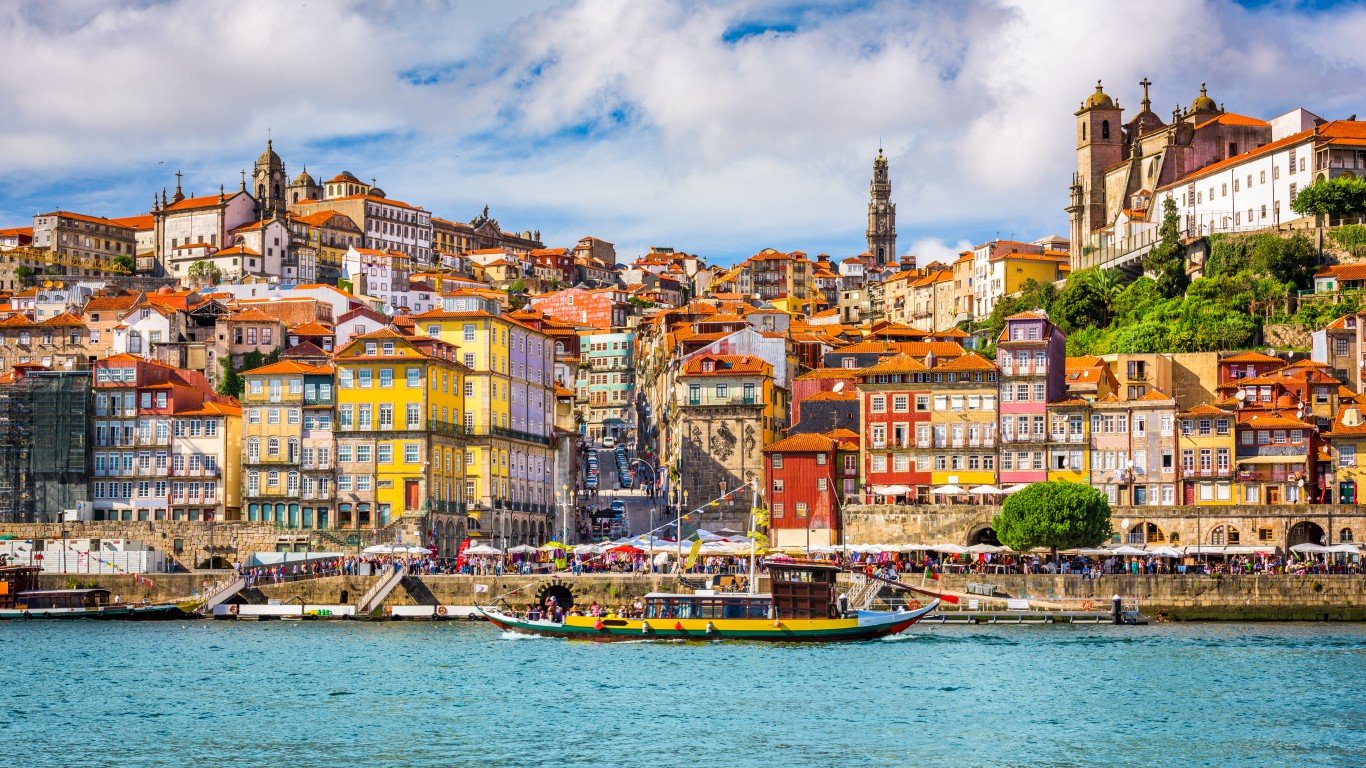
21. Portugal
> Tradition: trick-or-treating for bread
Halloween is known as Dia das Bruxas, or Day of Witches, in Portugal. There are many local traditions that have the same roots as Halloween elsewhere, including trick-or-treating (although children ask for bread) and even pumpkin carving.

22. Romania
> Tradition: celebrating Dracula Day in May
Dracula Day isn’t a Halloween tradition but it could — or should — be. Romania celebrates it on May 26. The Irish writer Bram Stoker based the fictional count on the 15th century Romanian ruler Prince Vlad III, also known as Vlad the Impaler for his favorite method of execution. Stoker never visited Romania, but filled his book with descriptions of places you can visit.
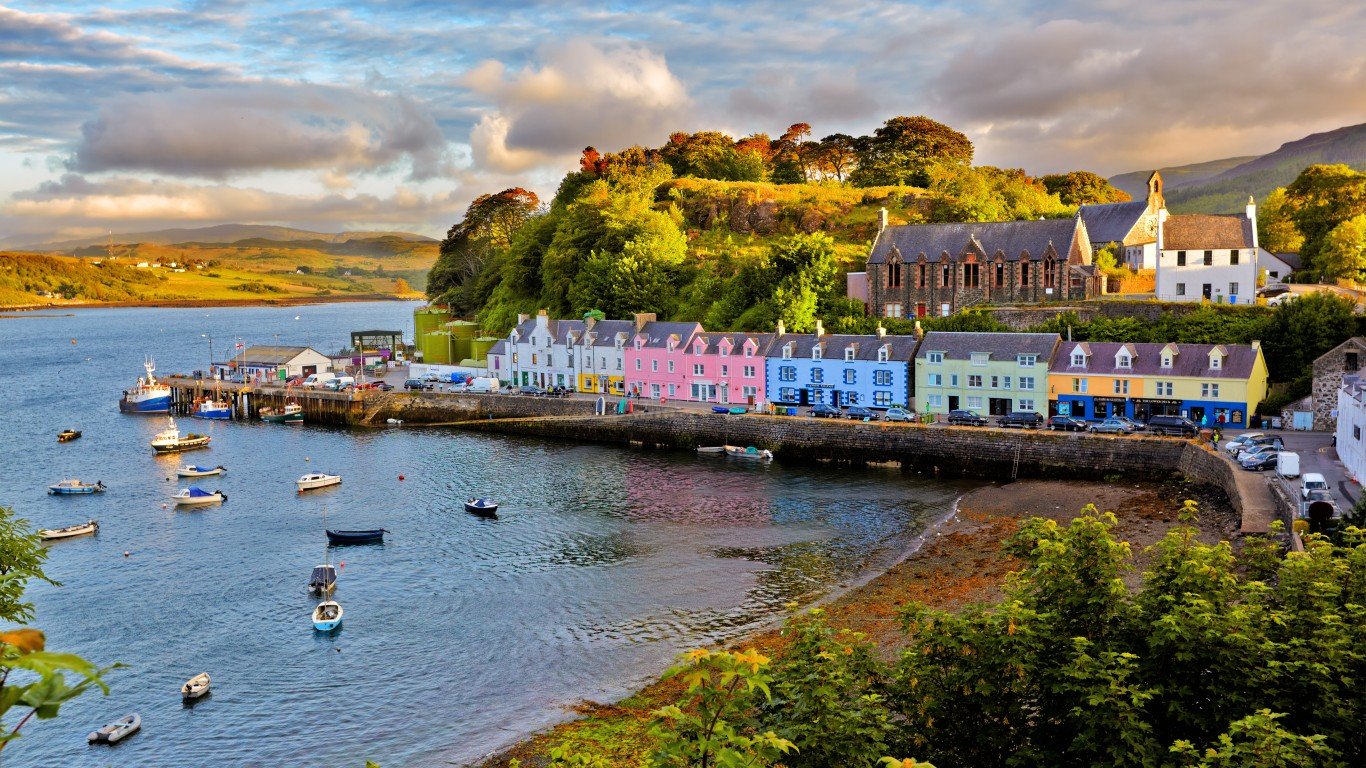
23. Scotland
> Tradition: peeling an apple and burning hazelnuts
Two Scottish Halloween traditions involve food. Young women peel an apple in one long piece and throw it over their left shoulder with their right hand. The way it lands is said to form the initial of their husband-to-be’s first name. The other tradition is to place two hazelnuts side by side in the fire, representing the one who placed them and his or her intended. If they catch fire and burn silently together, the two will be married. If they burn hot and jump apart, they’ll have a fight and separate.

24. Singapore
> Tradition: partying throughout the island
Halloween isn’t a traditional holiday in Singapore but it becomes party central every Oct. 31. This year the options at clubs, pubs, breweries, food markets, and theme parks include Booze and Boos, Halloween Horror Nights, and Horror Haunt: Asian Dark Hour — The Revenge Of The Unsettled.

25. South Korea
> Tradition: celebrating with costume and ghost parties
Halloween has become a big deal in South Korea, and it will be celebrated this year with numerous events, including costume and ghost parties, and even erotic and amnesia parties.
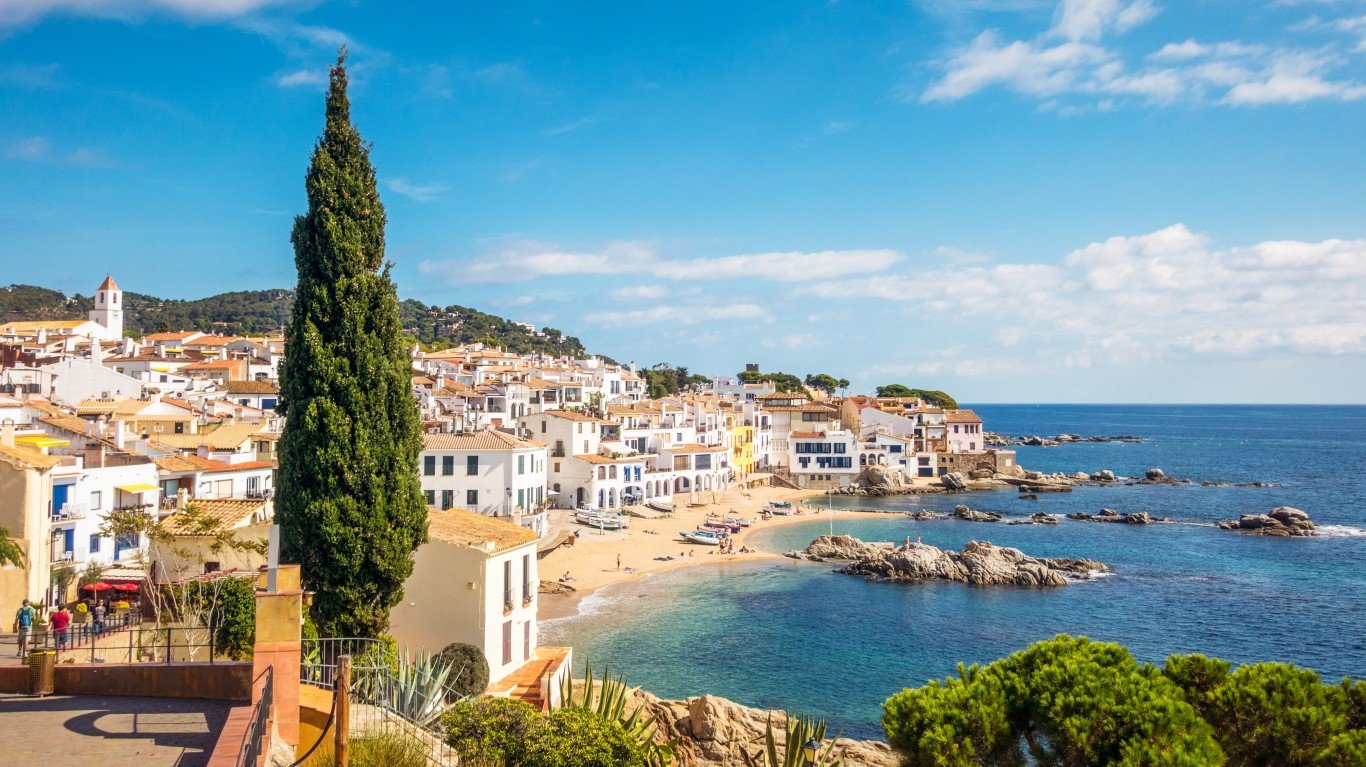
26. Spain (Catalonia)
>Tradition: eating chestnuts and egg-yolk candies
In Spain’s Catalonia region, Oct. 31 is celebrated as La Castanyada, or the Chestnut Festival, an observance tied to All Saints’ Day. Families and friends meet and eat roasted chestnuts, sweet potatoes, and panellets — sweet egg yolk and almond pastries, typically covered in pine nuts — and drink sweet moscatel wine.
There are various theories as to the origin of this celebration. Church bells used to ring all night on the eve of All Saints’ Day, and some say that the Castanyada foods were sustenance for the bell-ringers. It may simply be, however, that chestnuts were a convenient food to roast while people said prayers for their dead relatives.

27. Wales
> : avoiding spirits and the Black Sow
Wales has its own equivalent of Halloween called Calan Gaeaf and it has been celebrated for more than a thousand years. It is believed that spirits return, so people avoid churchyards, stiles, and crossroads, since spirits are thought to gather there. There is a creepy ritual called Hwch Ddu, or Black Sow, when a slaughtered animal — usually a man covered in a cloth or animal skin — rises up and chases away the children.
